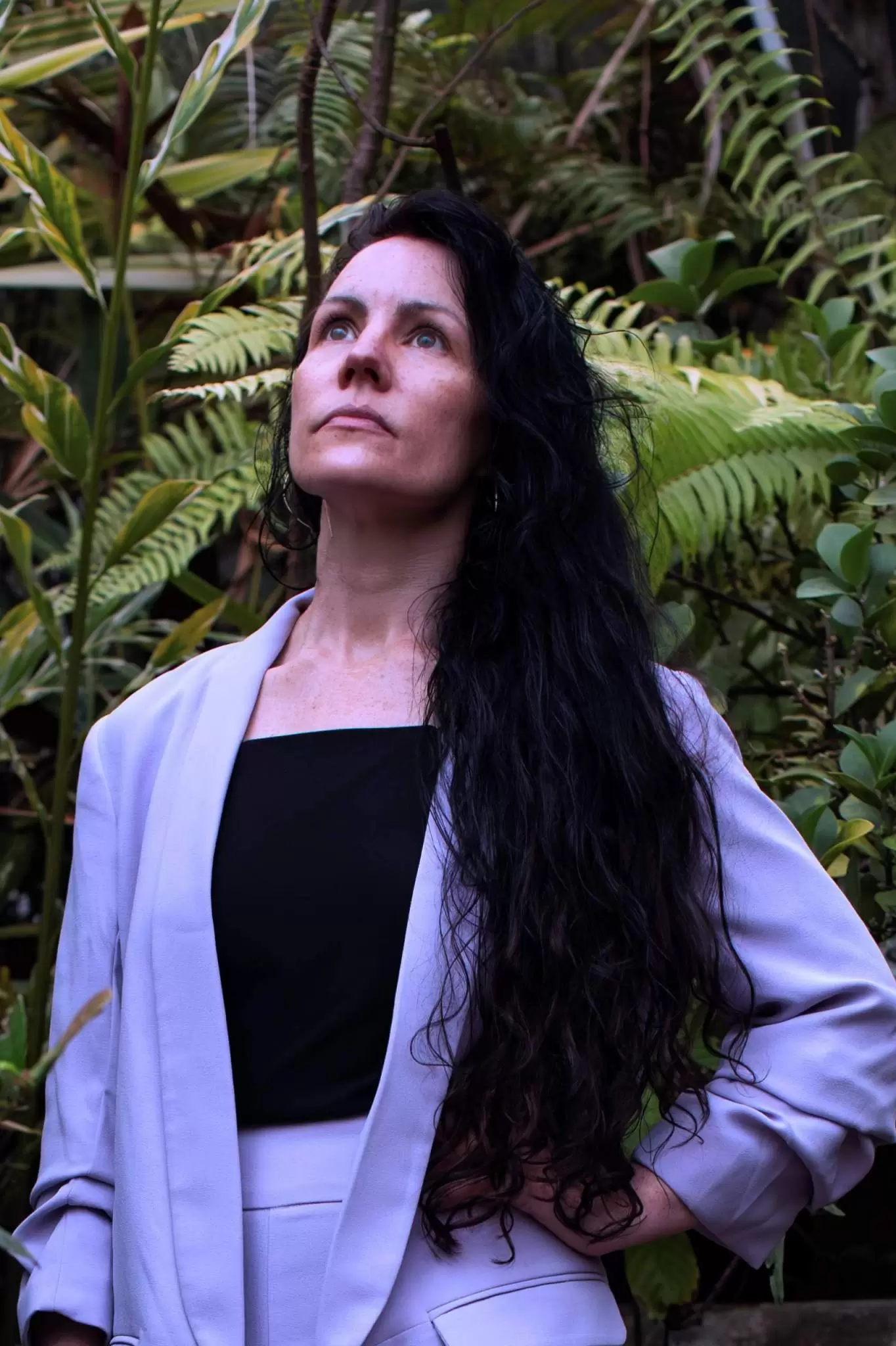In 1565 Thomas Blundeville mused that since ‘it is naturally given to every beast for the moste parte to engender hys lyke, as well as conditions as in shape of body, it is very requisite therefore for him that would have a good race, to be very circumspect in choosing the first stallions and mares from whom he would have his race decend, to the intent he may reape thereof both pleasure and profit, and not bestow his cost and labour in vain.’[1] According to Blundeville, breeders and horses both wish to perpetuate a lineage, a race, with shared characteristics; for the horses it was a natural drive to do so, and for breeders it made financial and emotional sense to do so. However, what was a ‘race’? What ‘conditions’ made a ‘good’ one?
Illustrating common characteristics associated with a type of horse is an integral component of much equestrian writing from all time periods. Today such literature often focuses on the genetic and pedigreed components of horses. In 2009, for example, Fran Lynghaug’s standard guide book to North American breeds and associations argued that ‘In dealing with the genetic nature of animals, physical perfection can never be attained’. However, she continues, ‘the ideal standard is held up as the comparison of how close a horse can be to this ultimate goal.’ For Lynghaug, while a breed ‘standard’ can be envisioned, it can never be achieved. With that said, she concludes ‘Overall, the purest breeds typically contain many horses with common characteristics, for their gene base is proven and consistent. When a breed like this is mentioned, an immediate mental picture of what it looks like easily comes to mind.’[2] Within this philosophical framework, horses can never be the perfect Standardbred, the perfect Thoroughbred, or the perfect Appaloosa, for example, but they can look like them. They can pass, in their impure genetic states, as the real thing.
More than 500 years apart, Blundeville and Lynghaug both attempted to describe the indescribable, complex and ever-changing parameters under which horse breeders and owners have selected, rejected and joined their animals. However, both examples of breed literature indicate instability of what breed, or race, is. Who defines it, and to according to what parameters is it constructed, are matters that continue to inform debate today.
This collection will investigate how the concept of breed that underpins the contemporary horse industry developed over time. It will ask how ‘breed standards’ have changed and consider the wider ramifications of those changes. How are concepts of breed connected to the human cultures that produce them? What have ‘breed’, ‘race’, and ‘type’, meant over time? And how has equine agency effected these changing definitions? These and other questions relating to the history of horse breeds are the subject of this collection, which expands upon work by scholars such as Donna Landry, Margaret Derry, and Sandra Swart.
We invite chapters that explore the history and embodied experience of specific ‘breeds’ over time, and in a wide array of geographies and contexts. Scholarship that explore horses and ‘breed’ in non-Anglocentric equestrian cultures, or in pre-twentieth century historical contexts, are especially welcome.
Chapters should focus on specific breeds, but may address a range of topics that can include, but are not limited to, the following:
– Debates about definitions of ‘breed’, ‘race’, and/or ‘type’
-The politics of inclusion/exclusion in breed registries
– Breed development as a response to human history (political, social, economic)
– Animal agency and breed standards
– Science and breeding
Please send abstracts of not more than 300 words along with a brief biography, also of not more than 300 words, to Kristen Guest (kristen.guest@unbc.ca) or Monica Mattfeld (monica.mattfeld@unbc.ca) by October 15, 2017.
Chapters of 7000-7,500 words (inclusive of notes, using Chicago style) will be due June 15, 2018.


